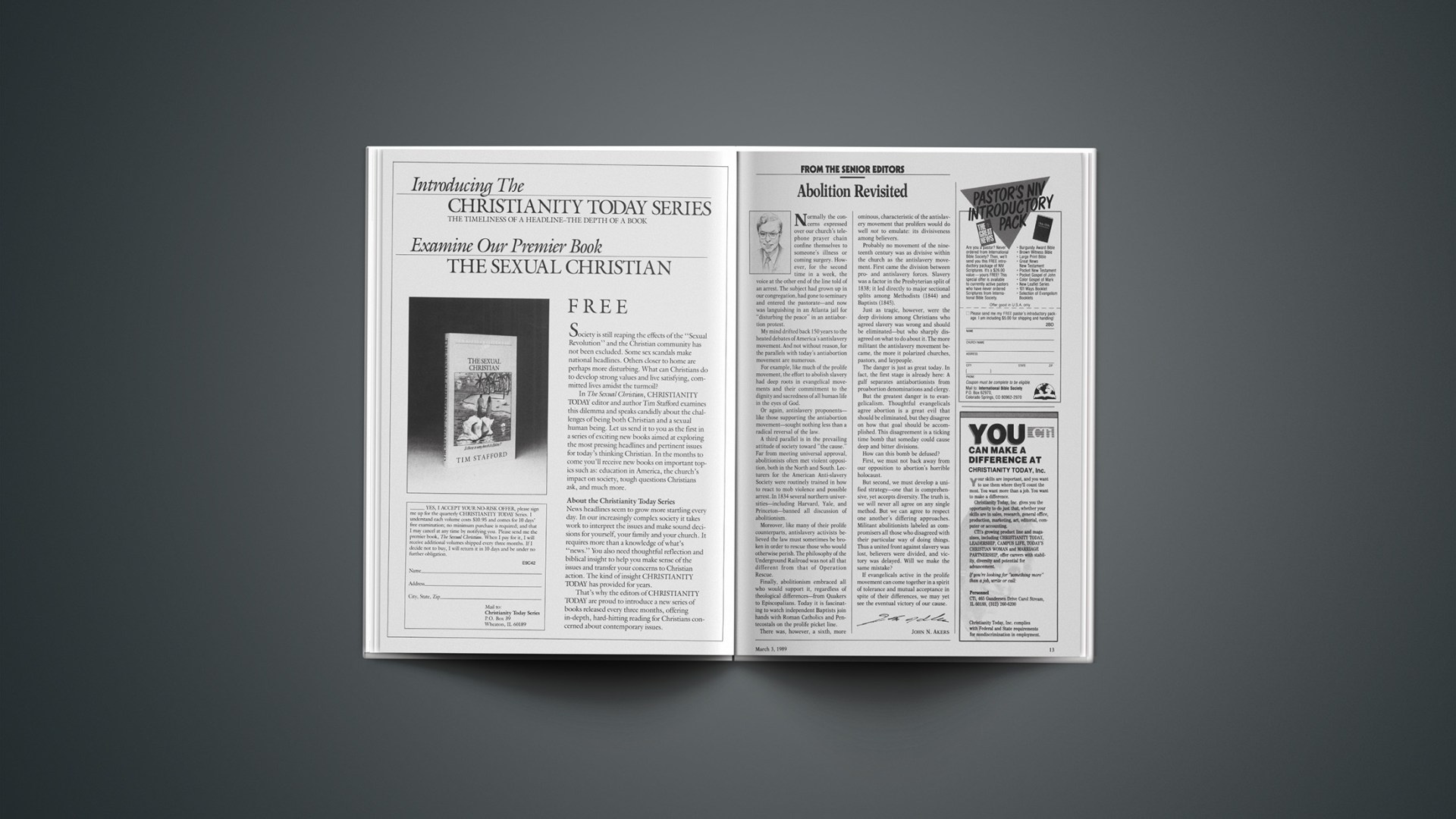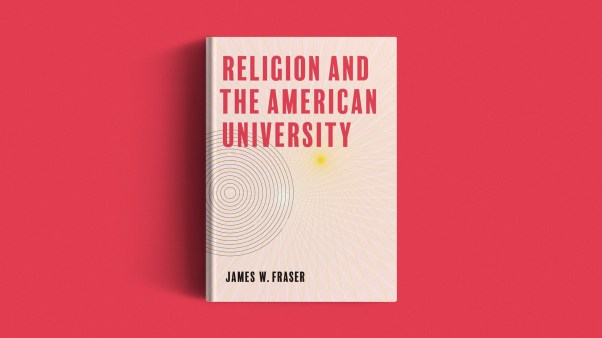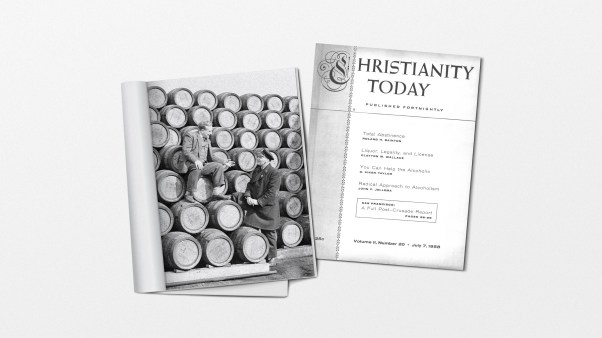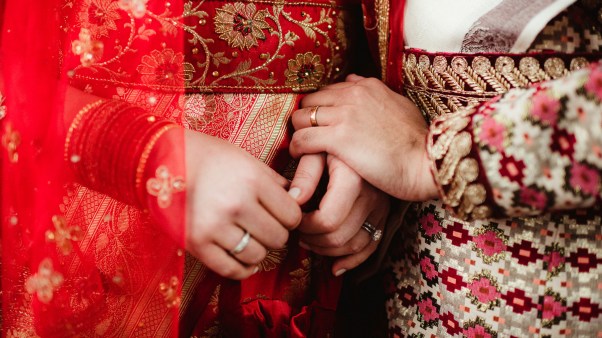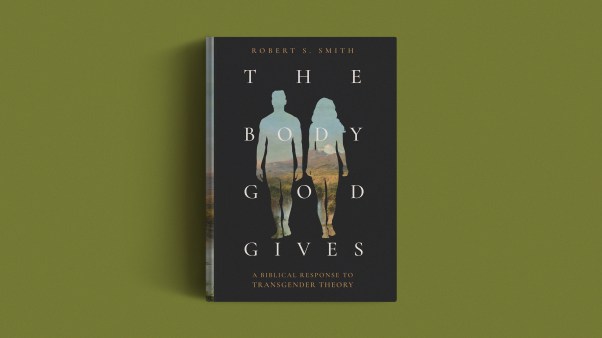Placing price tags on the pleasures of life plays right into our worst rationalistic tendencies.
The courts are at it again. At issue is the value of life. Only this time the battleground is not the womb but the wallet.
At the very time Supreme Court justices prepare to review a Missouri statute prolifers confidently predict will force re-evaluation of abortion laws, a New York appellate court is determined to cut through philosophical red tape and “elevate” the discussion of the value of human life to the language of dollars and cents.
At issue is a legal theory with Epicurean roots called the “hedonic value of life.” The basic question is How much money is the pleasure in one’s life worth? The answer is a financial indicator that an increasing number of lawyers across the country believe might bring equity to the staggering amount of money for damages awarded to seriously injured victims of negligence or to families on behalf of a decedent.
For instance, if the injured or deceased party enjoyed listening to Beethoven, loss of that pleasure over an average lifetime might be worth, say, $50,000. If you are no longer able to walk the sands of a favorite beach at vacation time, then $100,000 may be just compensation. Hedonic payback assigns a dollar value to all varieties of pleasures—from love making to sightseeing to cooking Chinese—while putting a spin on the old bromide: “Eat, drink, and be merry, for tomorrow either you or your family will be handsomely compensated (depending on extent of your injuries and the pleasures you lost).”
“It’s a version of the traditional damages given for pain and suffering,” law professor Daniel Polsby told the Chicago Tribune. “Instead of putting a dollar value on the hurt you feel, it’s trying to put a dollar value on all the fun you would have had that you won’t be having.”
(In cases involving death and injury, courts traditionally allow the recovery of economic damages for lost earnings and medical expenses. But the only noneconomic damages allowed have been for pain and suffering, and, to a spouse, loss of companionship.)
Chicago economist Stanley Smith, who, along with attorney Douglas Rollo, is trying to put a price tag on such pleasures as watching the Super Bowl and biting into a golden delicious apple, says he does not believe any individual’s life is worth less than a half-million dollars. (We feel better already.) Most are worth more. “A conservative number is $3 million,” Smith says. “It’s up to the jury to look at the life of the individual and decide.”
To bring us back to the case at hand, the New York appellate court is reviewing a lower court decision that awarded $3.5 million (in addition to $8 million in damages) for the loss of pleasure of life by a 31-year-old woman who lapsed into an irreversible coma after she was deprived of oxygen during the birth of her child.
The question facing the court: Was the woman’s life worth that much?
Discount Days For Human Life
What is the value of human life?
In our abortion-allowing society, the answer to that age-old question seems apparent: not much. The courts have systematically discounted human life at the cost of 1.5 million abortions annually since 1973. Yet those same courts are now open to awarding millions of dollars to men and women unable to experience the day-to-day pleasures of life. Moral schizophrenia, anyone?
We could choose to view this optimistically, I suppose. Rather than seeing human beings as worth only the $8.37 in chemicals that constitute our physical bodies, the courts seem willing to concede that appreciating a sunset, savoring a pomegranate, playing with a child, or interacting with old friends are intangible “pleasures” that contribute significantly to our total makeup.
Placing any dollar figure, large or small, on these “intangible pleasures,” however, plays right into the worst of our rationalistic tendencies. It downplays the “other dimension” of humanity, those almost mystical characteristics that reflect the image of a Creator; and it dissects the divine image into a series of financially fixed, commodity-defined life experiences and pleasures.
Further, under this system, determination of human value depends, almost exclusively, on the financial status of the injured or deceased person. The more money one has, the more opportunity there is for pleasure; consequently, more pleasure is lost when rich people die or are seriously injured than when the same tragedies befall poor people. Although economist Smith admits that such a dependence would grossly undervalue the life of someone like Mother Teresa (or, for that matter, anyone devoted to serving humankind), the linchpin of the hedonic value of life is, nevertheless, money.
Is That All There Is?
By this bottom-line criterion the average American is not a high-priced item. After all, our median family income of $31,100 can barely keep up with the escalating costs of room and board. If anything, pleasure usually means a sense of relief at being able to pay a month’s bills on time, not playing barefoot in the Bahamas.
And what about those below this financial level of survival? Are we talking bargain-basement humanity here? Few would admit that. Yet legal reliance on hedonic value would, at least philosophically, undercut any gains made by an end to abortion and leave most of us singing along with Peggy Lee, “Is that all there is?”
For Christians, the answer to that refrain should be a resounding no. G. K. Chesterton set forth a decidedly countercultural view of human worth when he said: “All men matter. You matter. I matter. It’s the hardest thing in theology to believe.”
It is also the hardest thing in theology to live. Yet Christ’s command to “love one another” gives us no other options.
A former missionary to Belgium tells the story of how the spiritual fervor of a small town was rekindled by an unlikely group of Christians living together in their midst. Drawn together for the purpose of creating an evangelistic community that could be a living expression of the power of Christ, they were specifically chosen because they were so dissimilar in background and financial status (they were of varying “worth”). In fact, the believers spent the first few months simply adjusting to one another’s idiosyncrasies. It was not easy. But over time, and through concerted prayer and Bible reading, they painstakingly became a community. And to the townspeople around them, they were the “people who loved.”
By displaying a loving commitment and a spirit of equality one to another, and by dethroning mammon from its position of respect and authority, this model community replaced hedonic worth with kingdom values. Thus it gave the world “outside” an unusual glimpse of the eternal way—a perspective neither the impending Supreme Court abortion decision nor the New York appellate court decisions are likely to illuminate.
By Harold B. Smith.
On January 17, the Supreme Court delivered a small yet significant decision: one that may be taken as a vote in favor of government accommodating religious belief. The Court let stand a 1979 Virginia State licensing law that allows child-care centers run by churches or other religious organizations to seek an exempt status, avoiding many of the health and safety standards applied to such facilities. (Exempt centers must still meet basic health and safety standards.)
In a time when not enough day-care facilities are available to meet the needs of working families, it is a gesture of good will for churches to make available to their communities existing church and classroom facilities. It would be an undue hardship, however, for many congregations to upgrade those facilities in order to meet strict state requirements. And many Christians believe that submitting any aspect of their ministry to government licensing would violate their convictions.
In 1980, three child-care centers with no religious ties challenged the law. A federal judge struck down the exemption as unconstitutional; but last May an appeals court reversed that ruling. That appeals court recognized the problems of conscience some Christians have in submitting aspects of their ministry to state regulation. It relied in its decision on a 1987 high court decision that allowed religious organizations to favor members of their own faith even when hiring for nonreligious jobs.
No Landslide
The tensions in the U.S. government’s relation to religion will probably never go away as the courts and Congress try to balance the constitutional guarantee of the free exercise of religion against the prohibition of government establishing religion. American Christians and other religionists have sought ways in which government can at least accommodate the religious beliefs of workers and church-related institutions, without actually advancing religion. But their opponents have sought to invoke the “no establishment” clause of the Constitution’s First Amendment.
The results of their battles in the courts are far from clear. As the National Council of Churches’ religious liberty director wrote in the January 18 issue of the Christian Century, “Establishment-clause claims have not fared well in the Supreme Court lately. In the past five years the Court has upheld five such claims but has rejected six, one of them unanimously—not exactly a landslide for ‘separation.’ ”
Now the Supreme Court has let the appeals court ruling stand—but without comment. Without any justification from the justices, that decision is a small brick indeed to anyone who wants to build a wall of protection against government interference in religion. But it is a brick. And those worried about creeping statism as the Court has seemed to meddle increasingly in church life can whisper a prayer of thanks before returning to their eternal vigilance.
By David Neff.

